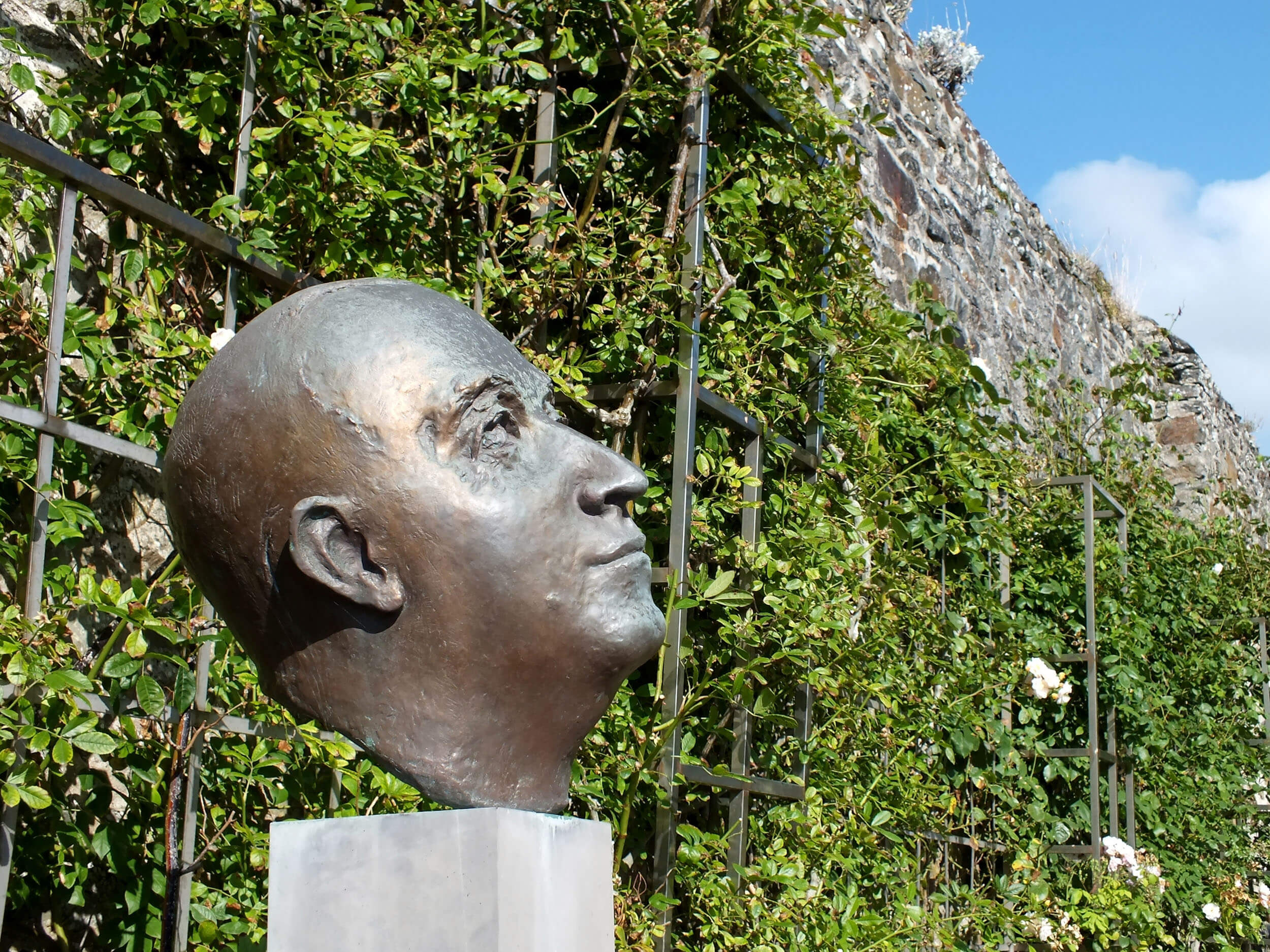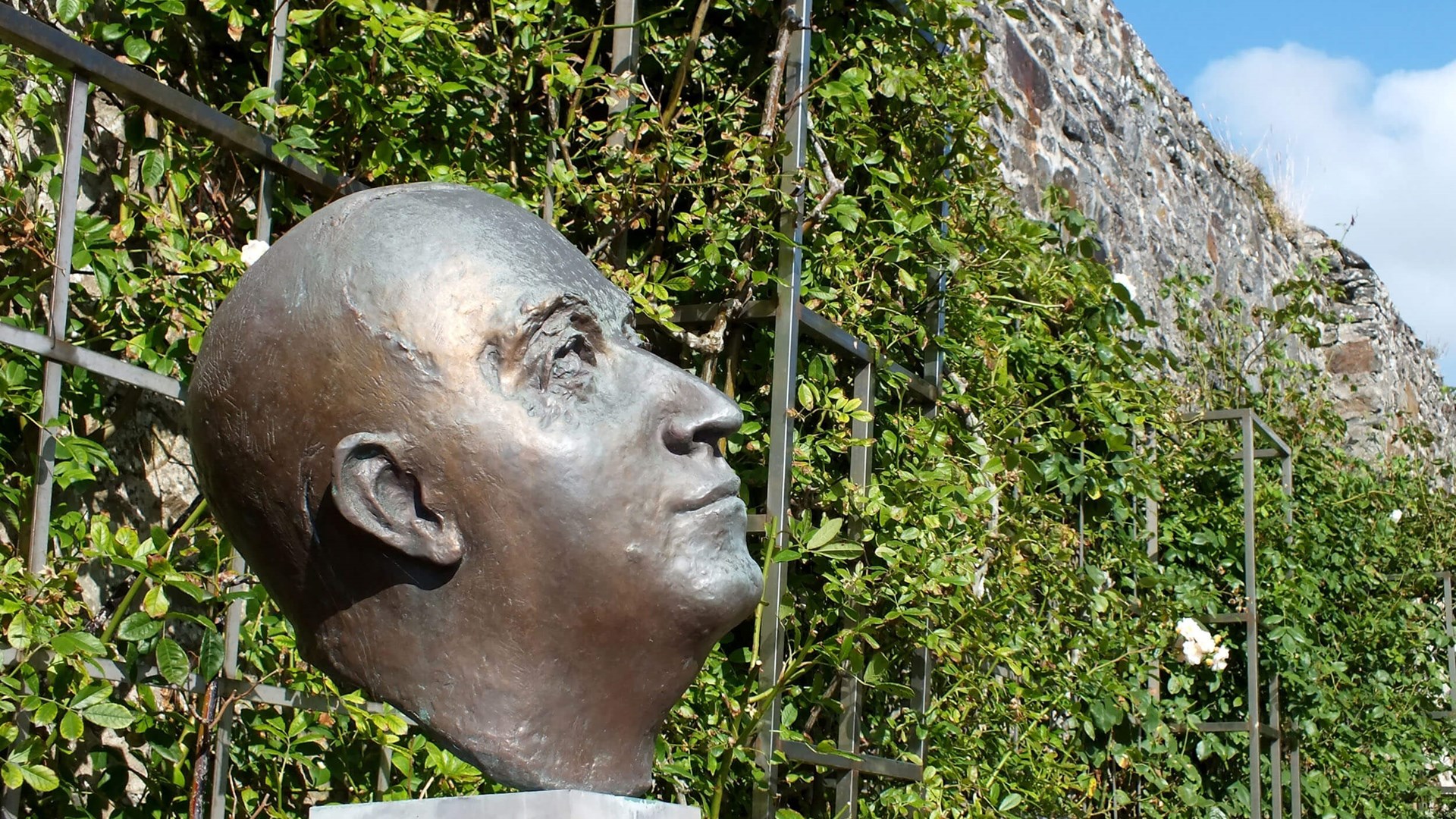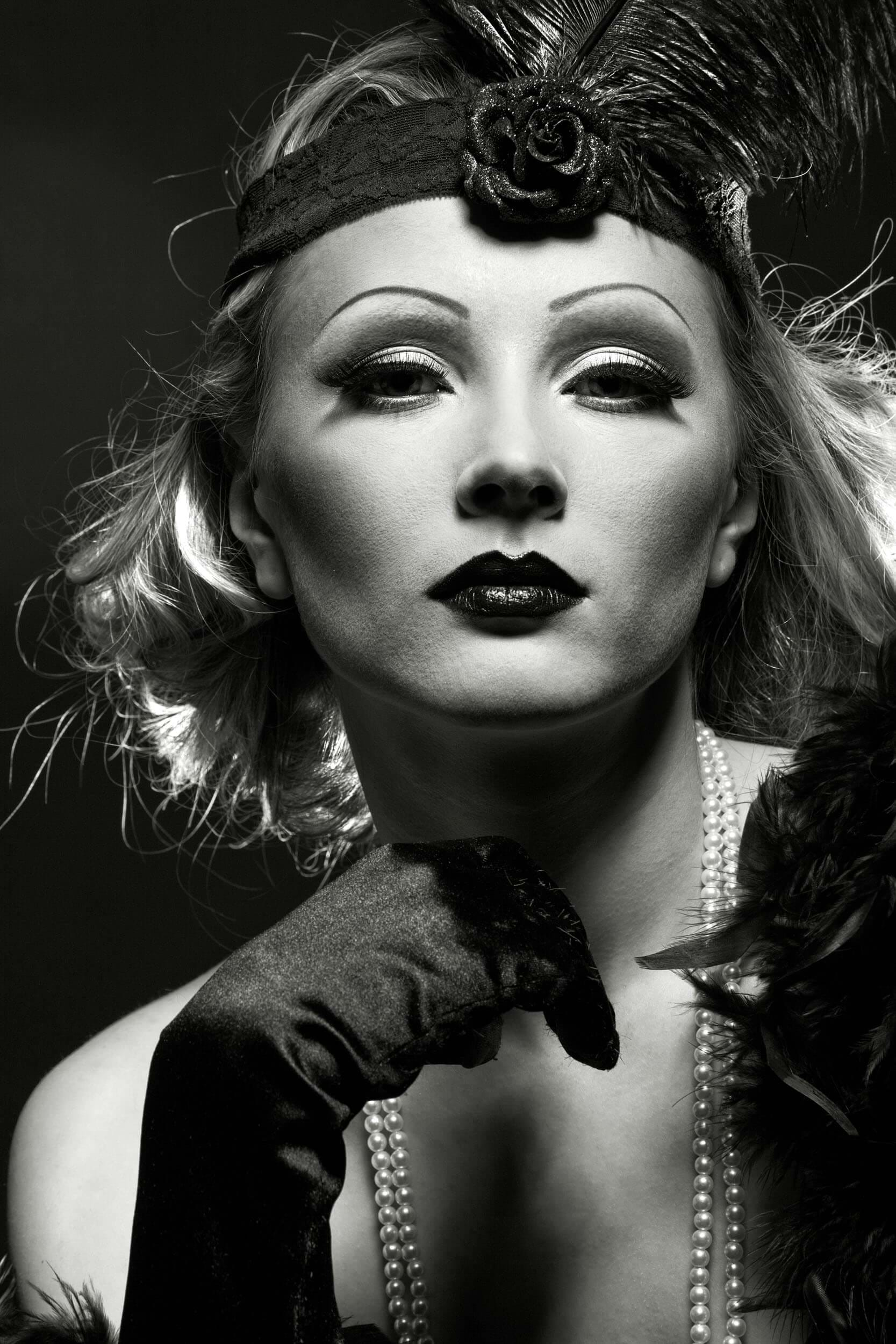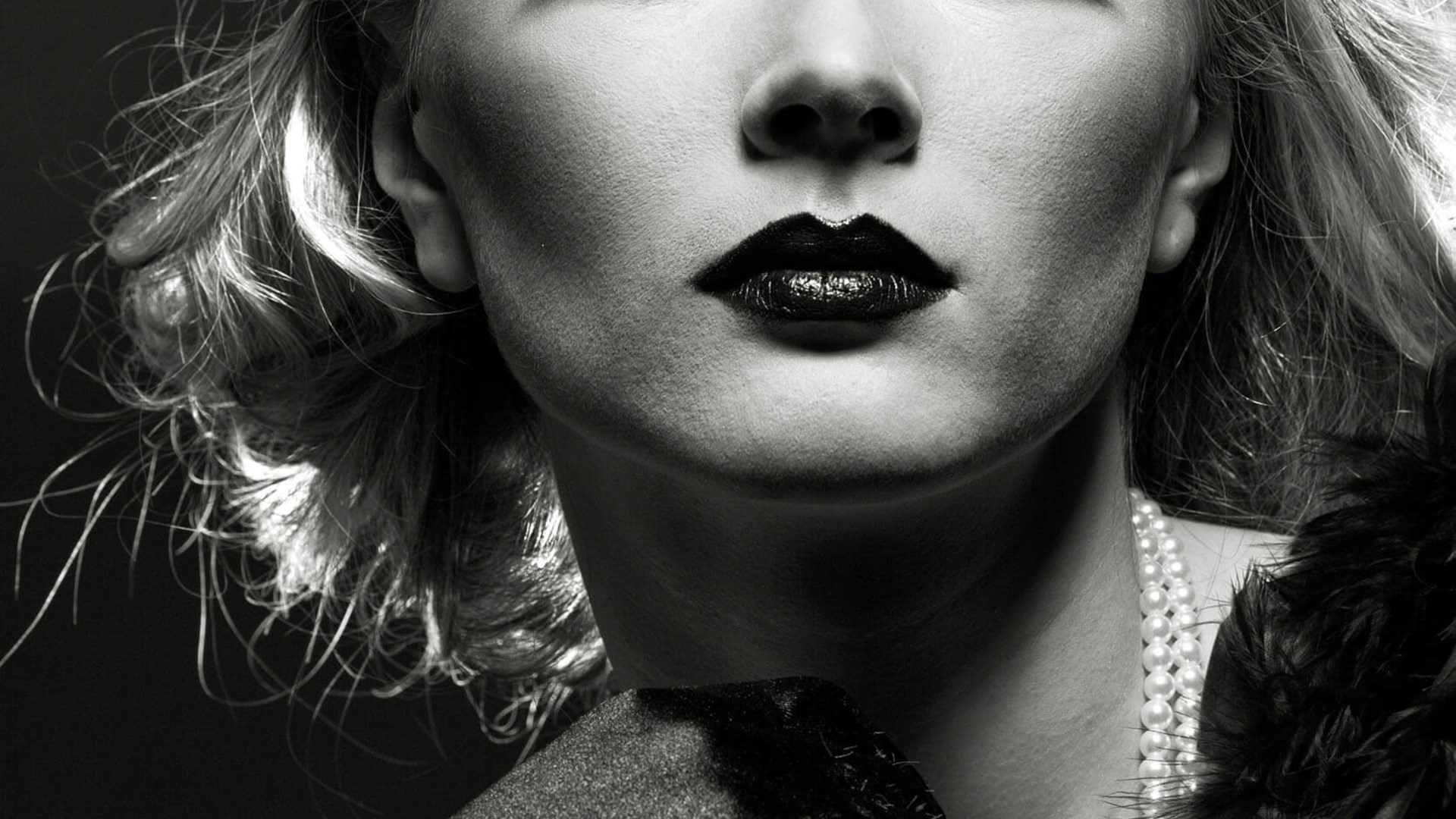
FERRIES
FERRY + HOTEL
 ×
×
- Ferry Routes & Ports
- Holidays & Breaks
- Day Trips
- Travel Guides
- Ships & Onboard
- Help & Info
FERRIES
FERRY + HOTEL



In France, the Dior label grew to account for over half of France’s haute couture exports. He dressed starlets, royalty, nobility and aristocracy, from Princess Margaret and the Duchess of Windsor to Rita Hayworth, Ava Gardner and Marlene Dietrich. Always impeccably dressed, Dior’s flamboyant personality was something he consciously developed in order to counter chronic shyness that often left him shaking so much he was unable to take a bow at the end of a couture show. Despite this, he was sure to attend all of the most upscale Parisian soirées. Amongst the crystal chandeliers, sumptuous fabrics, gilded furniture and priceless antiques, Dior looked every inch the city socialite, from the expensive handmade shoes that supported his well-dressed pear-shaped frame to the extravagant scent he spritzed.
Yet he never felt at peace in Paris. It was in the seaside town of Granville, on the rugged Normandy coast, that Dior felt truly deeply rooted: in the pretty silver-and-pink family home where he was born. Here, perched high up on a cliff, the young Dior enjoyed mesmerising sea views across dramatic rocks and crashing waves.
As the second of the five children of a wealthy fertiliser manufacturer, Alexandre Louis Maurice Dior, Christian received the best schooling and was sent to the prestigious Ecole des Sciences Politiques in Paris. Yet Christian had little interest in pursuing a diplomatic career - his passion was for the arts. In 1928, his father reluctantly agreed to fund an art gallery - Galerie Jacques Bonjean - for Dior to run on condition that the family name did not appear above the door. It became an ultra-fashionable hang-out with its Picasso paintings and trendy Christian Bérard decor.
But when the family business collapsed in 1931, following the death of Dior’s older brother and mother, the gallery closed and he was forced to find another source of income. He accepted a role assisting the couturier, Robert Piquet before serving as an officer in World War II, returning to Paris to join couturier Lucien Lelong where his job was to dress the wives of Nazi officers and French collaborators.
The end of the war brought great opportunities for new business ventures so Dior returned to Granville to revive the flagging fortunes of clothing company Philippe et Gaston. Sensing the women of France were ready for a new style of post-war fashion, Dior set about designing a luxurious new look with flattering, feminine rich curves and billowing skirts that cinched the waist in tight. The inaugural Christian Dior couture show, scheduled for 12 February 1947, sparked considerable excitement after years of war and hardship. The House of Dior was inundated with orders, and Dior received a personal invitation to stage a private presentation for the British royal family in London. Convinced his luck was only short-lived, he became increasingly superstitious.


Every collection included a coat called the ‘Granville’, after his beloved birthplace and he developed a reliance on tarot cards when making big decisions. Soon his biggest clients were Hollywood stars, New York socialites and department store buyers and Dior appointed talented assistants to help develop different product lines - Pierre Cardin and Yves Saint Laurent were two of his star graduates.
On his death, his cherished seaside home became a fascinating museum, and Granville remains synonymous in the hearts and minds of the people of France as the home-town of Christian Dior: a man inspired by the rounded, velvety blooms of the abundance of flowers in his garden at Granville and whose creations evoked the shapes and colours of flower-filled fields and the rhythms and colours of the graceful Normandy coast.


The GLITZ AND GLAMOUR OF GRANVILLE
Each year an exhibition at the designer’s Granville home is dedicated to the stylist. Legions of fashion fans also visit the gardens for the breathtaking sea views from the cliff-tops out to the Channel Islands. Numerous different exhibits reflect Dior’s rise from gallery owner to a world-renown billion-dollar fashion brand.
Musée Christian Dior
Tél : 02 33 61 48 21
This handsome Belle Epoque style 19th century cliff-top villa overlooks the drama of the sea and is the only “Musée de France” labeled French museum dedicated to a couturier. It contains a jaw-dropping array of garments on three floors and a captivating collection of personal items that tell the story of his childhood. The garden, arranged as an English landscape park by Madeleine Dior, the fashion designer’s mother, is one of the rare remaining artists’ gardens of the early twentieth century. In June 2012 , it was honoured as a “House of Illustrious” by the French national Ministry of Culture.
- Condor Ferries
- New Jetty
- White Rock
- St. Peter Port
- Guernsey
- GY1 2LL
- +443456091024

